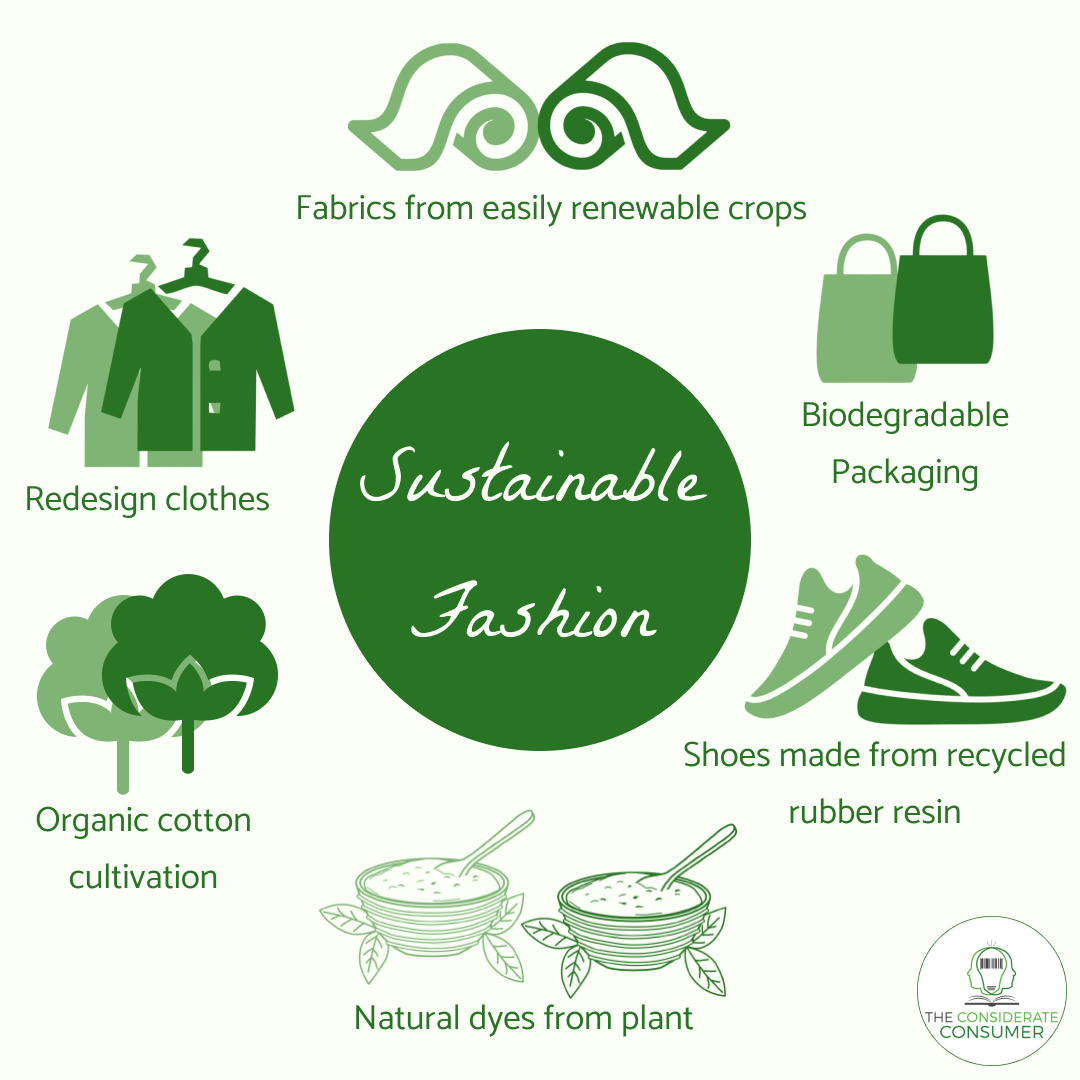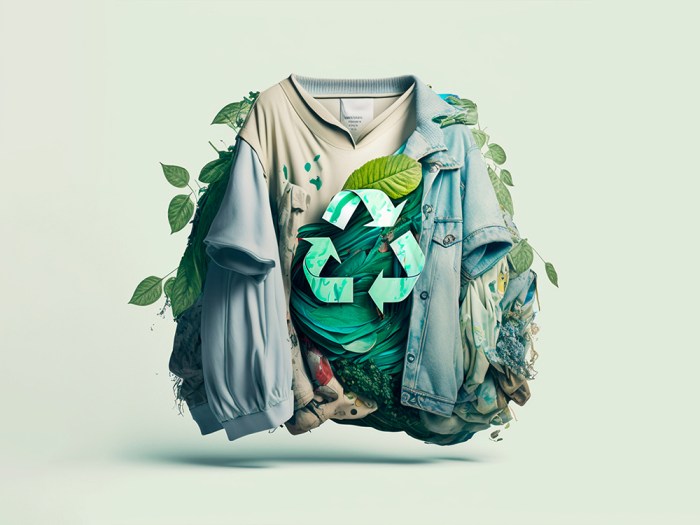
The fashion industry is a major contributor to environmental degradation and social injustice. However, a growing number of entrepreneurs are committed to creating a more sustainable future for fashion. This guide explores the key principles and strategies for building a sustainable fashion and design business, from sourcing ethical materials to engaging customers in sustainable consumption.
We’ll delve into the impact of conventional fashion practices, explore innovative design techniques that minimize waste, and discover how to build a brand that aligns with ethical values. This journey will highlight the importance of transparency, storytelling, and community building in promoting sustainable fashion.
Understanding Sustainable Fashion and Design
Sustainable fashion and design are crucial in addressing the environmental and social issues associated with the conventional fashion industry. It emphasizes ethical and responsible practices throughout the entire supply chain, from sourcing raw materials to production, distribution, and end-of-life management.
Principles of Sustainable Fashion and Design
Sustainable fashion and design prioritize environmental and social considerations, aiming to minimize negative impacts and promote positive change. Key principles include:
- Eco-friendly materials:Using natural, recycled, or upcycled materials with minimal environmental footprint. Examples include organic cotton, hemp, recycled polyester, and innovative bio-based materials.
- Ethical production:Ensuring fair labor practices, safe working conditions, and living wages for workers involved in the production process. This includes promoting transparency and traceability in the supply chain.
- Reduced consumption:Encouraging mindful consumption, promoting durability, and discouraging fast fashion trends that lead to excessive waste.
- Circular economy:Implementing closed-loop systems that minimize waste and maximize resource utilization. This includes initiatives like clothing repair, recycling, and upcycling.
- Transparency and traceability:Providing consumers with clear information about the origins of materials, production processes, and social impacts of their purchases.
The Impact of Conventional Fashion
The conventional fashion industry has significant environmental and social consequences.
- Environmental impact:
- Pollution:Textile production generates significant air, water, and soil pollution due to the use of harmful chemicals and dyes.
- Resource depletion:The industry consumes vast amounts of water, energy, and raw materials, contributing to resource scarcity.
- Waste generation:Textile waste is a major environmental problem, with billions of tons of clothing ending up in landfills each year.
- Climate change:The fashion industry contributes significantly to greenhouse gas emissions, primarily through energy consumption and transportation.
- Social impact:
- Exploitation of workers:Low wages, unsafe working conditions, and forced labor are prevalent in some parts of the fashion supply chain.
- Unethical sourcing:The use of materials sourced from unsustainable practices, such as deforestation and animal exploitation, raises ethical concerns.
Examples of Sustainable Fashion Brands
Several brands are leading the way in sustainable fashion and design, demonstrating that ethical and environmentally conscious practices can be commercially successful.
- Patagonia:Known for its commitment to environmental activism, Patagonia uses recycled materials, promotes fair labor practices, and advocates for responsible consumption.
- Eileen Fisher:This brand focuses on timeless designs, uses organic and recycled materials, and supports fair trade practices.
- Everlane:This company emphasizes transparency and ethical sourcing, providing detailed information about the origins of its materials and production processes.
- Stella McCartney:Stella McCartney is a prominent designer who champions sustainable practices, using vegan materials and advocating for animal welfare.
Fashion Accessory

Fashion accessories play a vital role in completing an outfit and expressing personal style. They can be everything from jewelry and hats to bags and scarves. In a sustainable fashion context, the focus shifts to ensuring that these accessories are produced ethically and with minimal environmental impact.
Sustainable Materials and Practices
Sustainable materials and practices are essential in fashion accessory design. This involves using materials that are sourced responsibly and have minimal environmental impact throughout their lifecycle.
- Recycled Materials:Using recycled materials, such as plastic bottles or old textiles, reduces the demand for virgin resources and minimizes waste. This can be seen in accessories made from recycled plastic, upcycled fabrics, or repurposed materials.
- Biodegradable Materials:Biodegradable materials, such as plant-based fibers, decompose naturally over time, reducing landfill waste. Examples include accessories made from bamboo, cork, or hemp.
- Vegan Materials:Vegan materials, such as faux leather, cork, and plant-based textiles, are animal-free alternatives that promote ethical sourcing and reduce animal cruelty. These materials are increasingly popular in accessories like handbags, belts, and wallets.
- Fair Trade and Ethical Sourcing:Ensuring that materials are sourced ethically and from fair trade suppliers guarantees fair wages and safe working conditions for workers involved in the production process. This is particularly important for accessories made from handcrafted materials or artisanal techniques.
- Minimalist Design:Minimalist design principles emphasize simplicity and functionality, reducing the amount of material used and minimizing waste. This approach is particularly relevant for accessories, as they often serve a practical purpose and don’t need to be overly elaborate.
Innovative Designs and Techniques
Sustainable fashion accessory design often involves innovative techniques and designs that minimize waste and promote circularity. This can include:
- Upcycling and Repurposing:Upcycling and repurposing techniques involve transforming old or discarded materials into new, valuable accessories. This can involve using old clothing, scraps of fabric, or even plastic waste to create unique and sustainable designs.
- 3D Printing:3D printing allows for the creation of custom accessories with minimal waste and the potential to use recycled materials as filament. This technology enables the production of intricate designs and personalized pieces.
- Modular Design:Modular design involves creating accessories that can be easily assembled and disassembled, allowing for repairs and replacements, extending the lifespan of the product. This approach promotes circularity and reduces waste.
- Zero-Waste Patterns:Zero-waste patterns are designed to maximize fabric utilization, minimizing scraps and waste during the production process. This approach is particularly effective for accessories that require intricate cuts and shapes.
Sustainable Fashion Accessory Brands
Several brands are leading the way in sustainable fashion accessory design, showcasing innovative designs and ethical practices. These brands include:
- Veja:This French brand is known for its sustainable sneakers made from recycled materials, organic cotton, and wild rubber.
- Stella McCartney:Stella McCartney is a prominent designer who champions ethical and sustainable practices in her collections, including accessories made from vegan materials and recycled fabrics.
- Baggu:Baggu is a California-based brand known for its durable and stylish reusable bags made from recycled materials.
- Everlane:Everlane is a transparent and ethical brand that focuses on producing high-quality accessories using sustainable materials and fair labor practices.
Conclusive Thoughts

Creating a sustainable fashion and design business is a challenging but rewarding endeavor. By embracing ethical practices, innovative design, and meaningful customer engagement, you can contribute to a more just and sustainable future for the fashion industry. Remember, your journey begins with a commitment to sustainability and a passion for creating beautiful and responsible designs.
Essential Questionnaire
What are the biggest challenges in starting a sustainable fashion business?
The biggest challenges often include sourcing sustainable materials at scale, finding ethical and fair-trade manufacturers, and educating consumers about the value of sustainable fashion.
How can I make my fashion designs more sustainable?
Consider using recycled or organic materials, minimizing waste through pattern cutting, and exploring upcycling techniques to give new life to old garments.
What are some examples of successful sustainable fashion brands?
Some notable examples include Patagonia, Eileen Fisher, Reformation, and Veja, each with unique approaches to sustainable practices.







